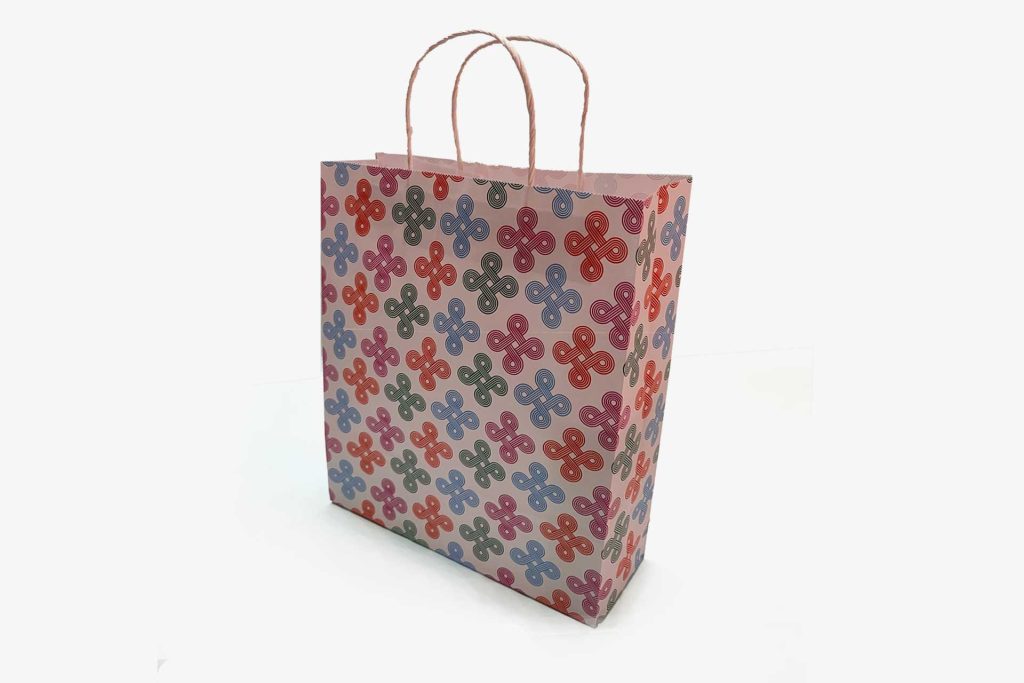Embossing and debossing are visual and tactile techniques that can elevate the look and feel of plastic bags, transforming them from simple carriers into brand statements. While both processes create designs on the bag’s surface, they achieve this effect in contrasting ways, offering distinct advantages for different aesthetics. Let’s delve into the world of embossed and debossed plastic bags, exploring their characteristics and how they can enhance your brand’s image. Embossing creates a raised design on the plastic bag. Imagine your logo or a captivating pattern appearing three-dimensional against the bag’s surface. This is achieved by using specially designed dies that press the plastic from the back, pushing the material outward. The raised effect adds depth and dimension, making the design stand out and grab attention. Embossing is particularly well-suited for bold logos, geometric patterns, or lettering those benefits from a touch of grandeur. Debossing, on the other hand, creates a sunken design. Here, the die presses down on the plastic from the front, leaving an indentation.

This creates a subtle yet sophisticated effect, ideal for intricate designs, delicate patterns, or logos that require a more understated elegance. The emboss vs deboss offers a luxurious touch, and when combined with metallic or pearlescent finishes, it can truly elevate the bag’s visual appeal. When considering embossed and debossed plastic bags, there are several factors to keep in mind. Embossing requires slightly thicker plastic to ensure the design holds its shape without causing the bag to tear. Debossing, on the other hand, can work well with a wider range of plastic thicknesses. However, for both techniques, the plastic’s type and flexibility are crucial. Films that are too rigid might crack under pressure, while overly pliable ones might not hold the design definition well. Another consideration is the complexity of the design. Embossing excels with bold, straightforward elements. Intricate details might lose definition during the process. Debossing can handle finer details better, but excessively complex designs might appear cluttered when indented.
The cost is another factor. Embossing typically requires more intricate tooling, making it slightly more expensive than debossing. However, the visual impact of a well-executed embossed design can be significant, potentially justifying the additional investment. So, which technique is right for you? If you want a bold, eye-catching statement bag with a touch of grandeur, embossing is the way to go. Think brand logos, geometric patterns, or bold lettering. If you prefer a subtle yet sophisticated look, ideal for intricate designs or delicate patterns, debossing is your choice. It offers a luxurious feel, especially when combined with metallic or pearlescent finishes. Ultimately, the best way to decide is to discuss your vision with a plastic bag manufacturer and view www.ketegroup.com. They can advise you on the suitability of embossing or debossing for your specific design and plastic type. They can also provide samples to help you visualize the final product and make an informed decision. Embossed and debossed plastic bags offer a unique way to elevate your brand and create a lasting impression on your customers.

